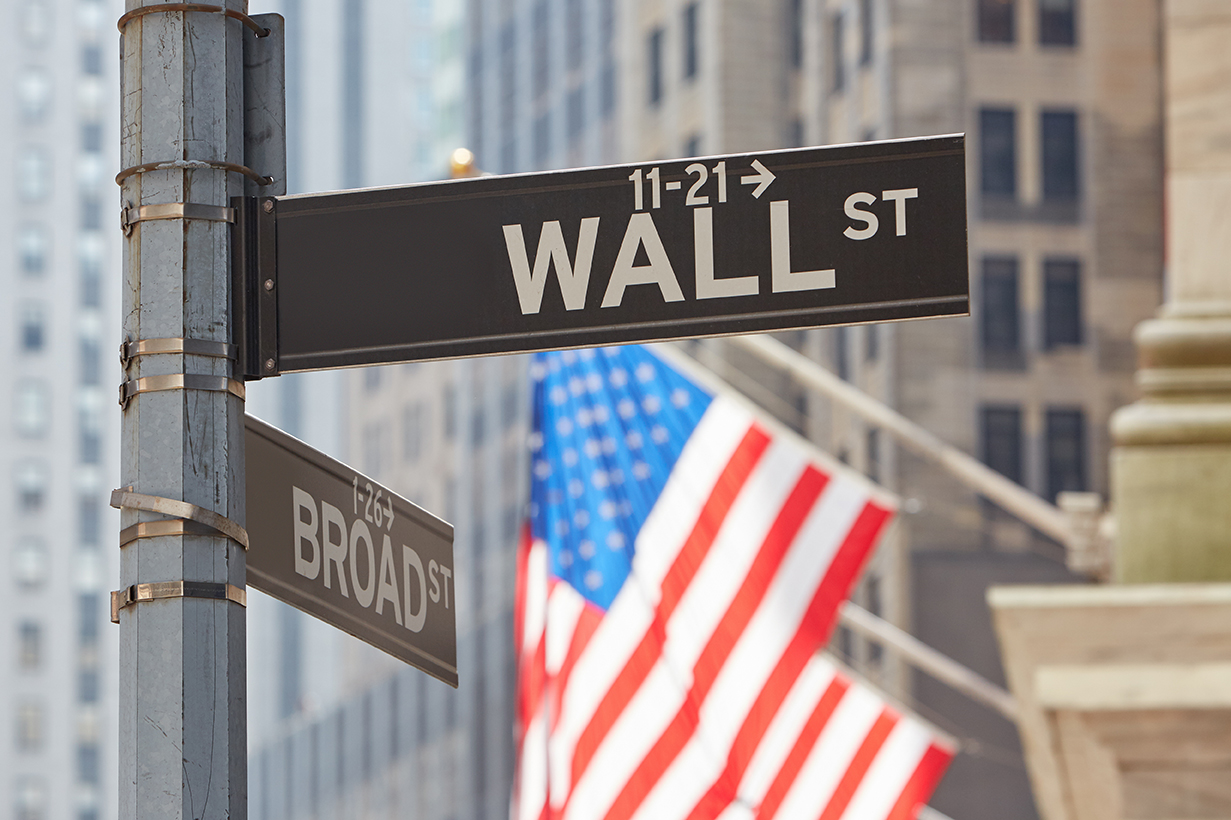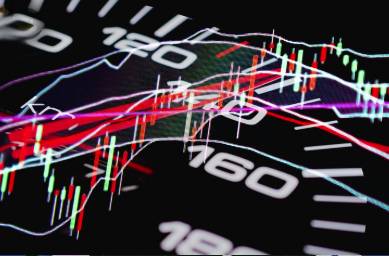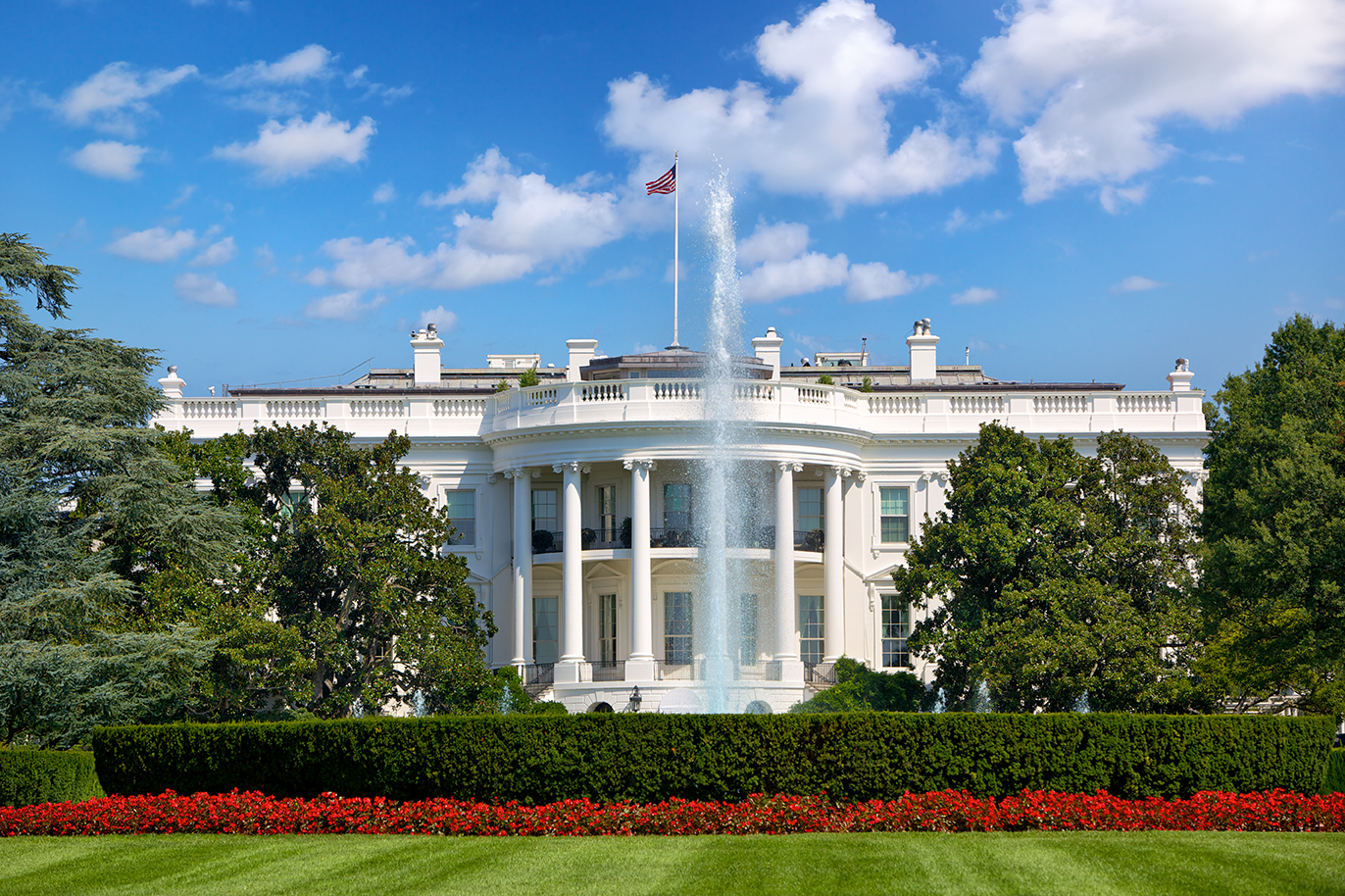While consumer spending unexpectedly shrank in January, U.S. inflation matched the pace of the previous month and slowed on an annualized basis, giving Federal Reserve policymakers a confused economic picture when deciding how to proceed with interest rate policy.
The Bureau of Economic Analysis at the Commerce Department released statistics on Friday that showed a 0.3% increase in the Personal Consumption Expenditures (PCE) Price Index last month. The number was consistent with the pace of December, which saw the biggest growth since April 2024.
PCE inflation decreased little from 2.6% to 2.5% in the 12 months ending in January, which was in line with economists’ projections.
When food and energy are taken out of the equation, so-called core PCE inflation dropped from 2.9% in December to 2.6% year-over-year, which was in line with forecasts. The gauge’s initial value in December was 2.8%.
Core PCE met expectations as well, increasing slightly from 0.2% to 0.3% on a monthly basis.
After an upwardly revised 0.8% gain in December, consumer spending—which makes up a significant portion of the U.S. economy—dropped by 0.2%. The number had increased by 0.2%, according to analysts.



